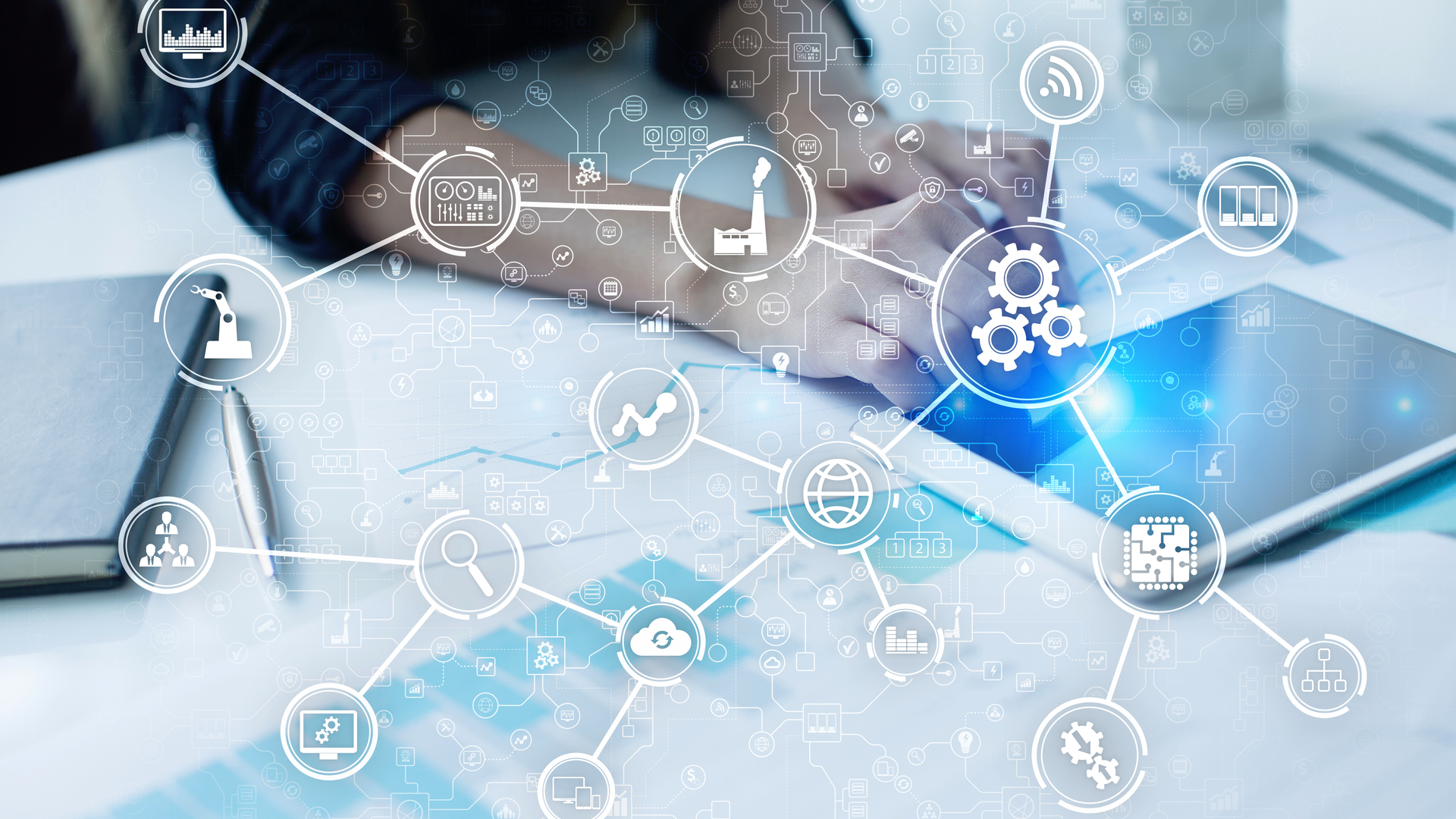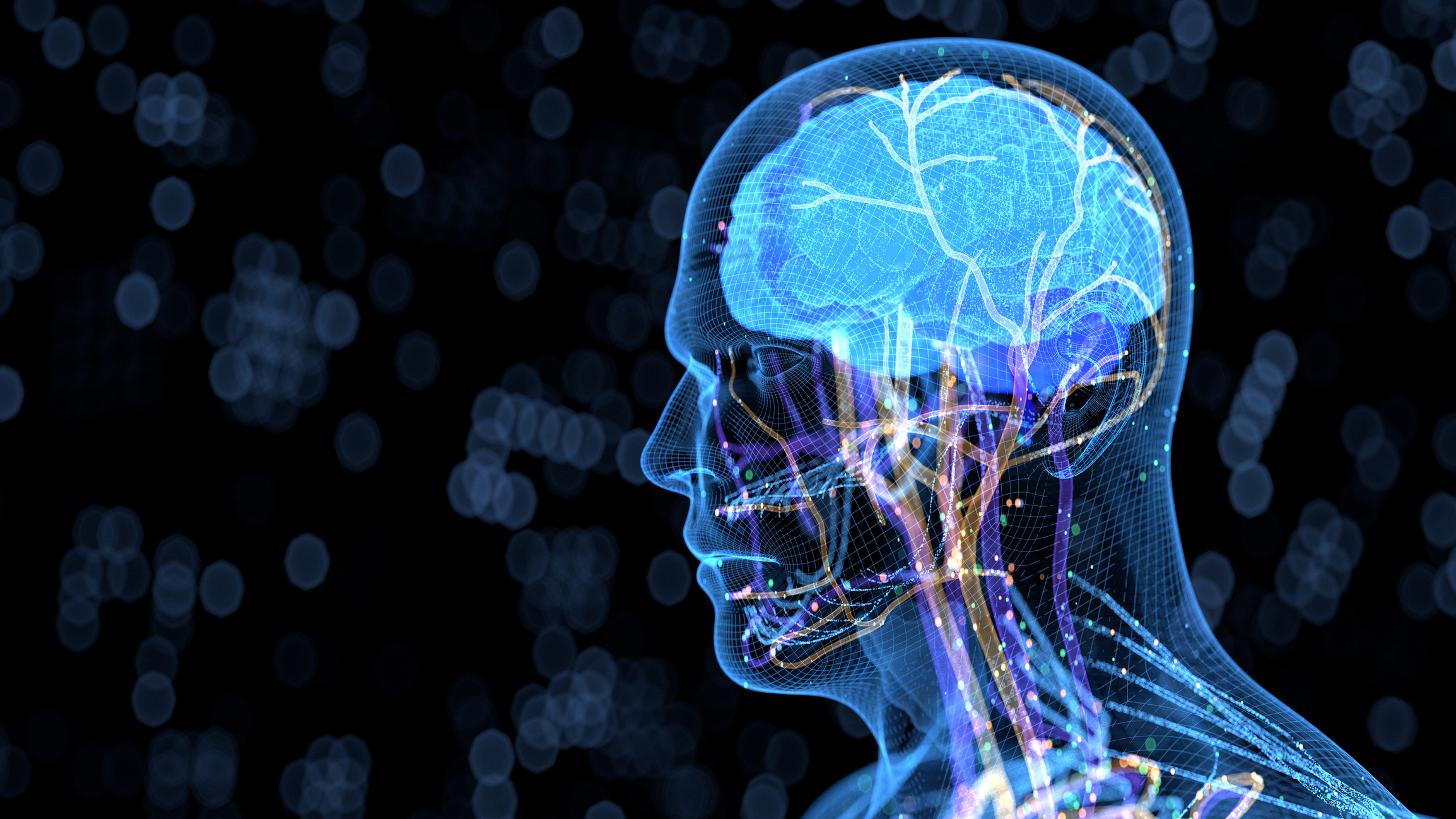How to use the cloud to get the most from IoT
What do organisations need from the cloud to power IoT projects?


Most Internet of Things (IoT) projects would struggle to be implemented without the cloud – it provides the backbone and brains needed to make a success of any IoT project. But how can the cloud be used in IoT projects and what can it do to improve a successful deployment and operation?
From a general perspective, IoT and the cloud are inseparable: without the latter, the former can't work, argues Yann Guiomar, Sensing Labs' CEO.
"The cloud is progressively structuring itself in order to absorb the growing flow of IoT data, to process it and to provide services based on IoT data," he says.
Guiomar says the big investments made by the likes of Google (Google Cloud IoT), Microsoft (Azure), Amazon (AWS Greengrass), GE (Predix), IBM (Watson) to develop their own IoT platforms that are able to collect and process data with more and more AI are the most relevant illustrations of this.
The requirements
Tim Hall, CTO of IT support firm Blue Logic, says it's not easy to launch an IoT solution.
"First, you need to check if and how your hardware or machinery will function. This can entail working with sensors, connecting the hardware to the internet, potentially dealing with battery life and more."
Then you should develop the software to facilitate all the communication and data collection. Finally, you must deploy all the back-end infrastructure to bring the moving parts of your IoT solution together. Cloud computing can help you deal with these technical issues.
Get the ITPro daily newsletter
Sign up today and you will receive a free copy of our Future Focus 2025 report - the leading guidance on AI, cybersecurity and other IT challenges as per 700+ senior executives
"When you're developing your IoT hardware and software, you don't want to have to worry about setting up servers, deploying databases, configuring networks, and performing many other infrastructure tasks," says Hall.
Cloud computing providers have all this ready at a moment's notice. "You can easily spin up virtual servers, launch a database instance, and create data pipelines to help run your IoT solution," he adds.
"What's more, there are now services specifically dedicated to launching and managing IoT offerings. Not only will this help speed up your development process, but it can also cut down on development costs. You won't have to spend money upfront to purchase and provision servers and other infrastructure, and you'll only pay for the resources that you consume."
The cloud is also vital to the security of IoT devices, argues Adam Brown, manager of security solutions at Synopsys.
"IoT 'things' run on software, software decays over time as researchers and hackers find new vulnerabilities to exploit, therefore it must be kept secure and safe for the life of the 'thing' it supports. Cloud connected 'things' can have software updates pushed to them automatically keeping, them safe and secure – assuming there is a DevSecOps operation continually delivering safe, secure software," he says.
Use cases
IoT use cases are varied and there's no one-size-fits-all approach. However, Richard Slater, principal consultant at Amido, says there are four models that he sees crop up most frequently.
First, off-loading data processing requirements to maximise battery life and minimise the amount of storage required in devices.
Second, providing long-term storage of data to track trends over time. "This is brought to life by AI and machine learning, which enable processing of historical datasets to identify patterns over time," he says.
Third is aggregating information from multiple IoT devices to provide valuable insights. "As an example, I have both a FitBit watch and a set of FitBit scales – individually they tell me stats about my sleep patterns (watch), heart rate (watch), weight (scales) and body fat (scales), but collectively they give me a holistic picture of my personal and my families health," he says.
Last is about delivering integration between disparate IoT platforms. He says that unfortunately, IoT devices communicate over a variety of protocols – Z-Wave, ZigBee, Wi-Fi and Bluetooth – and as a result they often can't actively communicate with each other. "However, they can all communicate with the cloud – the cloud can then be used to bridge devices so that they can communicate with each other."
Practice makes perfect
With all projects, it's important to balance the attributes of the system so that you deliver the best value for money; this is no less true for IoT projects.
"Don't assume that using the cloud is the best approach; cloud gives you unlimited power however at the cost of slower response times. You can mitigate this by performing some processing close to the device, ie when I press a button on an IoT light switch the light turns on instantly, however it then also updates the mobile app via the cloud," says Slater.
He says it's important to choose the right cloud protocol for the job. "There's no place in IoT for FTP and Telnet – focus on protocols that are designed for the low-power, occasionally connected world IoT exists within – HTTP, MQTT, XMPP and AQMP are your friends," he adds.
Future IoT developments
Because the IoT industry is still in its infancy, there are many companies trying to build their own platform with the goal of becoming the market leader, says Hall.
"This has led to a lack of standards where devices from different manufacturers can't communicate with each other, devices that run on multiple operating systems can't be integrated and data can't be shared across platforms," he says.
"This fragmentation is a big problem that's holding back the true potential of IoT, but a few companies are working on cloud solutions that alleviate issues with interoperability."
Hall adds that for the IoT to reach its full potential, connectivity and communication between things, people, and processes is needed, no matter who makes the devices.
"Cloud computing will play an important role in bringing it all together," he says
Slater adds that there's a well-known cyclical pattern in technology where compute tends to move from centralised resource out to the physical extents of a network and then back to centralized compute for the next iteration. "Edge computing is the natural extension of cloud and IoT, where the things on the internet become smarter and computation is pushed to the outer extents of the physical network," he says.
Rene Millman is a freelance writer and broadcaster who covers cybersecurity, AI, IoT, and the cloud. He also works as a contributing analyst at GigaOm and has previously worked as an analyst for Gartner covering the infrastructure market. He has made numerous television appearances to give his views and expertise on technology trends and companies that affect and shape our lives. You can follow Rene Millman on Twitter.
-
 Google faces 'first of its kind' class action for search ads overcharging in UK
Google faces 'first of its kind' class action for search ads overcharging in UKNews Google faces a "first of its kind" £5 billion lawsuit in the UK over accusations it has a monopoly in digital advertising that allows it to overcharge customers.
By Nicole Kobie
-
 Neural interfaces promise to make all tech accessible – it’s not that simple
Neural interfaces promise to make all tech accessible – it’s not that simpleColumn Better consideration of ethics and practical implementation are needed if disabled people are to benefit from neural interfaces
By John Loeppky